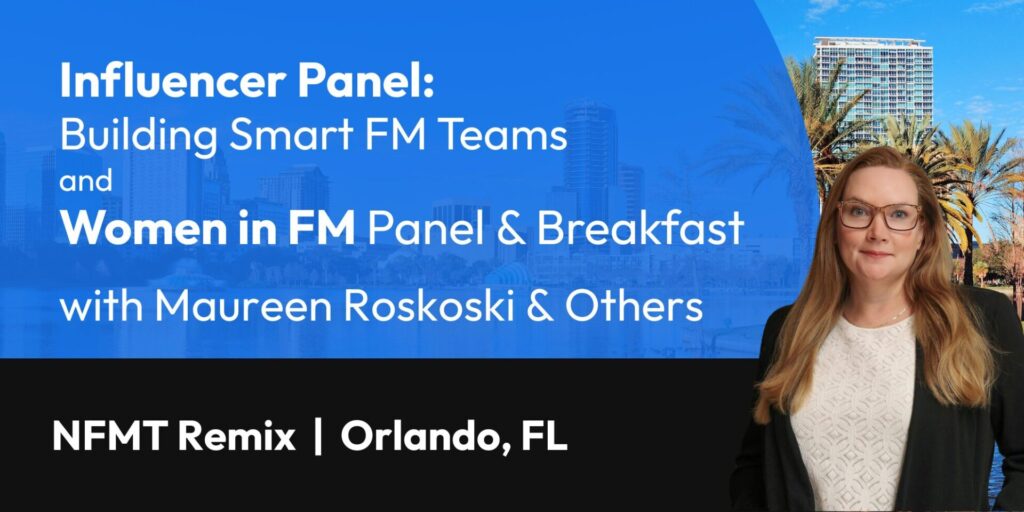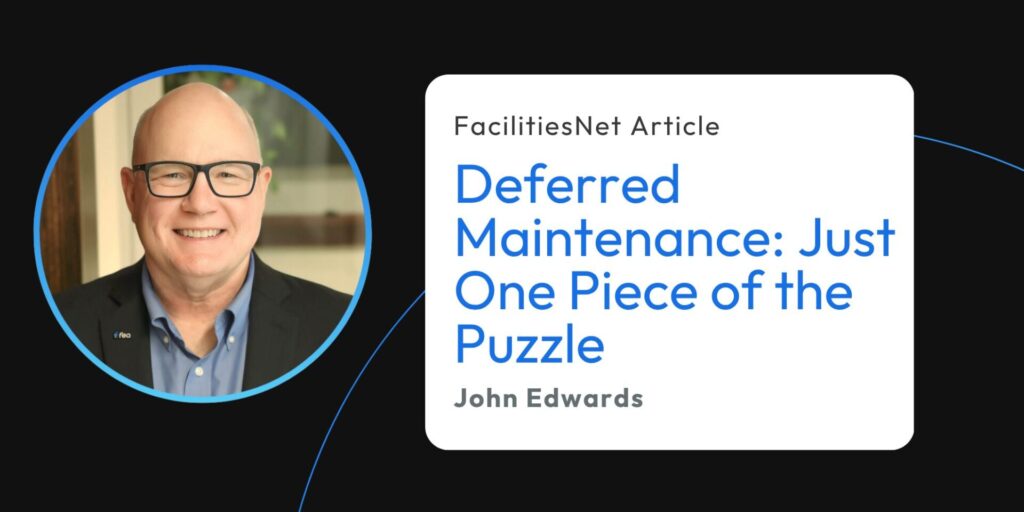On October 30, Chris Hodges will present a session at the SRAPPA Conference on how to develop a strategic facilities plan. He will dive into a crucial topic for facilities management professionals: the distinction between a master plan and a strategic facilities plan. As institutions strive to optimize their resources and enhance operational efficiency, understanding these two planning frameworks is essential for effective communication, budgeting, and funding.
What Are Master Plans and Strategic Facilities Plans?
A Master Plan typically serves as a comprehensive framework that outlines the long-term vision for an institution’s physical development. It encompasses land use, infrastructure, and building needs, often extending over a 10- to 20-year horizon. This plan focuses on guiding future growth, ensuring that all elements align with the institution’s mission and vision.
In contrast, a Strategic Facilities Plan is more tactical, focusing on the immediate and short-term needs of the institution. It details the operational aspects of managing facilities, including maintenance, renovations, and capital improvements. This plan is often aligned with the institution’s overall strategic goals, addressing how to effectively allocate resources to meet current and future demands.
Do You Need a Master Plan or a Strategic Facilities Plan?
Planning in higher education means different things to different people. Often, facilities are treated in silos, with master plans for new facilities and renovations, capital renewal plans for long-term needs, and operational planning to determine staffing and annual operation and maintenance funding needs. Chris will discuss how strategic facility planning integrates all three key components, painting a far clearer picture of facility needs for a much wider audience.
Integrating Planning Frameworks
In his session, Chris Hodges will emphasize the importance of integrating these two planning frameworks to enhance communication and collaboration across the institution. By bridging the gap between the Master Plan and the Strategic Facilities Plan, institutions can create a cohesive approach to facilities management that aligns strategic objectives with practical implementation.
Attendees can expect to gain valuable insights into:
- Understanding Your Audience: Recognizing the unique perspectives of diverse stakeholder groups and how to tailor your communication for better engagement.
- The Three Pillars of Facility Planning: Understanding how to address the master plan, strategic facilities plan, and operational planning collectively.
- Developing the Right Framework: Creating a compelling narrative that effectively communicates the facilities story to stakeholders.
- Communicating for Funding Success: Tools and tips for achieving better results in budgeting and funding for facilities.
Real-World Applications
Chris will also provide examples of how successful institutions have navigated the integration of these planning frameworks, leading to improved facilities management and more efficient use of resources.
Why Attend?
This session is particularly beneficial for facilities managers, financial officers, and institutional leaders who are involved in long-term planning and resource allocation. By attending, participants will not only gain clarity on these planning concepts but also learn how to apply integrated strategies within their own organizations.
Chris Hodges is a founding principal of FEA. He supports clients and advances the FM profession through effective strategic facility asset management. Learn more about Chris here.
As institutions face increasing pressure to optimize their facilities and budgets, understanding the nuanced differences between a Master Plan and a Strategic Facilities Plan is more critical than ever. Join Chris Hodges at the SRAPPA Conference on October 30 to explore these concepts and enhance your approach to facilities planning. Don’t miss this opportunity to transform how your institution manages its facilities for the future!
Register here https://srappaconference.org/




